Understanding Baby Pink Toed Tarantulas
The Baby Pink Toed Tarantula, scientifically known as Avicularia avicularia, is a captivating and relatively docile species, making it a popular choice among tarantula enthusiasts. Their striking appearance, coupled with their manageable size, contributes to their appeal. These arboreal creatures are native to the rainforests of South America and the Caribbean, where they spend their lives in trees, creating silken retreats. Proper care involves replicating their natural environment as closely as possible to ensure their health and longevity. This guide provides comprehensive insights into creating a thriving habitat and understanding the specific needs of these delicate spiders.
Appearance and Characteristics
Baby Pink Toed Tarantulas get their name from the distinctive pink or reddish tips on their feet, a characteristic that becomes more pronounced as they mature. The body of the tarantula is covered in fine hairs, and their overall color is generally a dark grayish to black, providing excellent camouflage within their natural habitat. They have large eyes and powerful fangs. Their bodies are relatively small compared to their leg span, allowing them to maneuver quickly. Baby Pink Toed Tarantulas start small but can grow up to 5-6 inches in leg span when fully grown. The contrast between their dark bodies and the pink tips of their feet makes them visually appealing. The color may vary slightly depending on the tarantula’s age and individual genetics.
Lifespan and Behavior
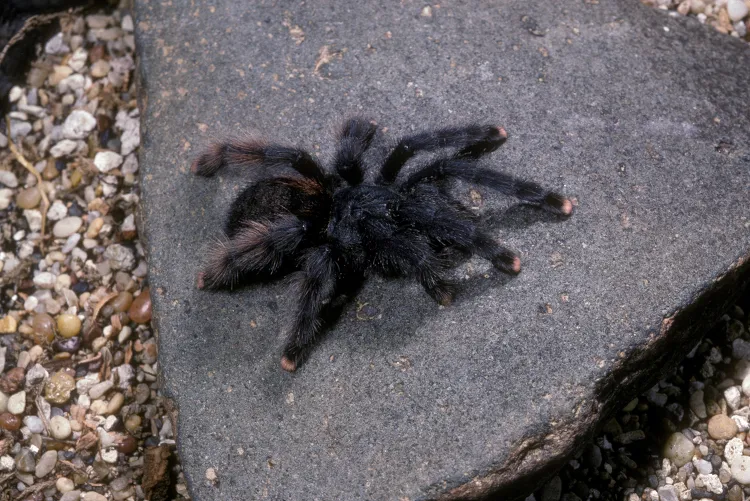
Baby Pink Toed Tarantulas have a lifespan that varies depending on their sex. Females can live for up to 10-12 years or even longer with optimal care, while males typically live for only 2-3 years. They are known for being relatively docile tarantulas, which makes them less prone to defensive behavior, but it’s essential to respect their space and understand their behavior. They are arboreal, meaning they live primarily in trees, so they will spend most of their time climbing, and prefer creating silken webs. They are primarily nocturnal hunters, but can be seen active during the day. They usually are quite shy and are not prone to biting unless they feel threatened, however, it is still best to practice caution around them.
Creating the Ideal Habitat
Providing the right habitat is crucial for the health and well-being of your Baby Pink Toed Tarantula. They require a setup that closely mimics their natural environment, which includes appropriate enclosure size, substrate, temperature, and humidity levels. The habitat should be secure, escape-proof, and designed to provide a sense of security for the tarantula. Incorrect housing can lead to stress and impact its behavior and health. The goal is to create a space that promotes their natural instincts and allows them to thrive in captivity. Proper setup also facilitates easier maintenance and observation, which helps in monitoring the tarantula’s health and well-being.
Choosing the Right Enclosure
The size of the enclosure should be proportionate to the size of your tarantula. A juvenile Baby Pink Toed Tarantula can be housed in a small enclosure, such as a clear plastic container or a small terrarium. As they grow, they will require a larger enclosure. A good rule of thumb is to provide an enclosure that is at least twice the tarantula’s leg span in width and height. The enclosure should be made of a material that allows for good ventilation, such as glass or clear plastic, to prevent the buildup of excessive humidity. Ensure that the enclosure has a secure lid to prevent escapes. It is important to provide vertical space since these are arboreal tarantulas, giving them room to climb and web.
Substrate Selection and Setup
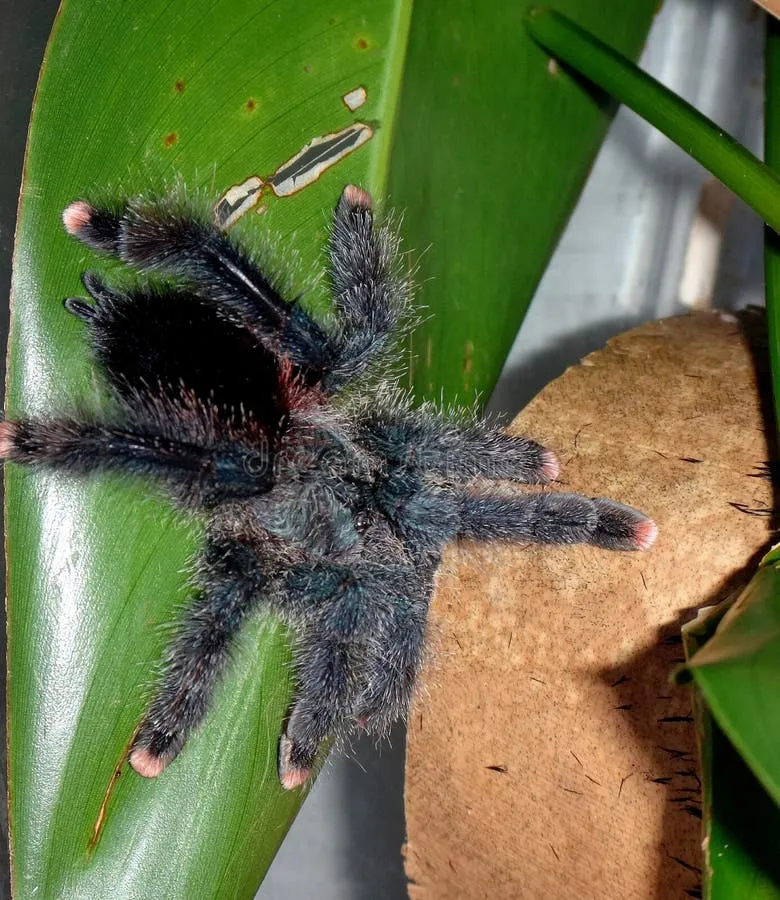
The substrate serves as the floor of the enclosure and plays a vital role in maintaining the humidity levels and providing a comfortable environment for your Baby Pink Toed Tarantula. A suitable substrate should retain moisture without being overly damp and should also allow for burrowing. A good choice for a Baby Pink Toed Tarantula is a mixture of peat moss, coconut fiber (coco coir), and a small amount of sphagnum moss. This blend offers good moisture retention, provides a natural feel, and is safe for the tarantula. The substrate should be deep enough to allow the tarantula to burrow if it chooses, but is not absolutely necessary with this species. Clean the enclosure regularly, at least once a month, to remove any waste or uneaten food, or more frequently if needed.
Temperature and Humidity Control
Maintaining the correct temperature and humidity levels is crucial for the health of your Baby Pink Toed Tarantula. The ideal temperature range should be between 75-80°F (24-27°C). You can use a heat lamp or an under-tank heater to maintain the temperature, but it is important to ensure that the heat source does not overheat the enclosure. Humidity levels should be maintained between 70-80%. You can measure humidity using a hygrometer. Mist the enclosure lightly with a spray bottle of distilled water once or twice a week, or as needed, depending on your environment. Good ventilation is necessary to prevent mold growth. Ensure proper airflow by providing ventilation holes in the enclosure.
Providing Proper Nutrition
Proper nutrition is vital for the growth, health, and longevity of your Baby Pink Toed Tarantula. As carnivores, they primarily eat insects, but can also eat other small animals in some cases. A varied diet ensures they receive all the necessary nutrients to thrive. Regular feeding schedules and proper prey selection are essential to support their overall well-being. Providing fresh water and ensuring their hydration also plays a key role in their health. An underfed tarantula is unhealthy and underfed can cause health problems and even death. A tarantula that refuses to eat can signal health or environmental issues.
Feeding Schedule and Prey Selection
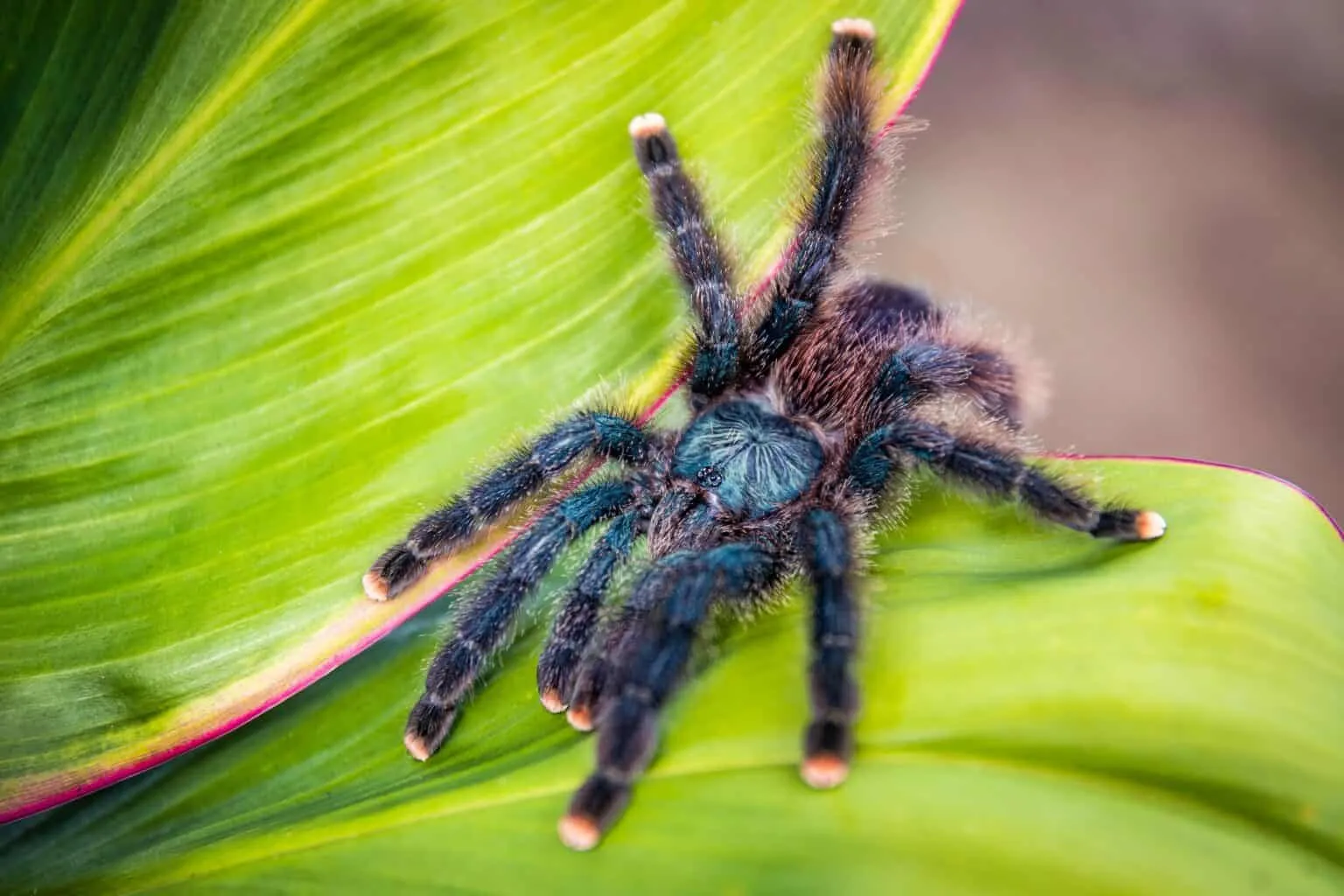
The feeding frequency of your Baby Pink Toed Tarantula will depend on its age and size. Spiderlings and juveniles should be fed more frequently, typically every other day or every three days. Adult tarantulas can be fed once a week or every other week. Suitable prey items include crickets, roaches, mealworms, and appropriately sized insects. The prey should be no larger than the tarantula’s body size. It is important to gut-load the prey insects with nutritious foods before feeding them to your tarantula, as this improves the nutritional value of the meal. Remove any uneaten prey after 24 hours to prevent the buildup of waste and potential harm to the tarantula.
Watering and Hydration
Baby Pink Toed Tarantulas need a constant supply of fresh water to stay hydrated. Provide a shallow water dish with fresh water. Make sure the water dish is shallow enough to prevent the tarantula from drowning. Change the water regularly, at least every other day, to keep it clean and prevent the growth of bacteria. Aside from drinking from the water dish, tarantulas also obtain moisture from their food and the humidity in their enclosure. Misting the enclosure with distilled water can also help provide humidity. Keep the water dish clean and free of debris. Avoid using tap water, as it may contain chemicals that could harm the tarantula; distilled water is recommended.
Handling and Safety
Handling a Baby Pink Toed Tarantula should be approached with caution and respect. They are generally considered docile, but all tarantulas are capable of biting if they feel threatened or startled. Handling can be stressful for the tarantula and increase the risk of injury to both the tarantula and the handler. It is best to observe your tarantula in its habitat without handling it unless necessary. If handling is required, be very careful, and consider your and your tarantula’s safety.
Safe Handling Practices
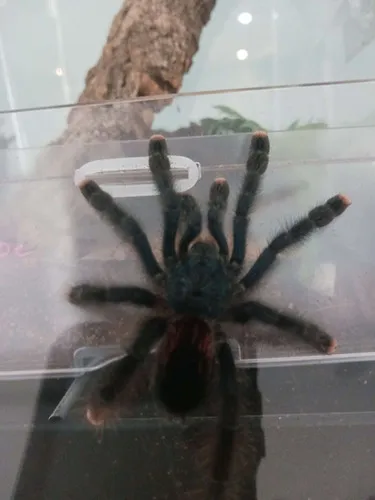
If you must handle your Baby Pink Toed Tarantula, do so with extreme caution. Always approach the tarantula slowly and gently. Wash your hands thoroughly before handling to remove any lingering scents or substances that might agitate the tarantula. Gently coax the tarantula onto your hand, allowing it to walk onto your palm rather than grabbing it. Handle the tarantula over a soft surface, such as a bed or a carpet, in case it falls. Never handle a tarantula when it is about to molt, as they are more fragile and vulnerable during this period. Avoid loud noises or sudden movements that could startle the tarantula. If the tarantula appears agitated, gently place it back in its enclosure.
Recognizing and Avoiding Bites
While Baby Pink Toed Tarantulas are not considered aggressive, they will bite if they feel threatened. A bite from a Baby Pink Toed Tarantula can be painful and may cause local swelling and itching. Avoid handling the tarantula if it displays any signs of aggression, such as rearing up or presenting its fangs. Be aware of your surroundings to prevent startling the tarantula, which can lead to a defensive reaction. If you are bitten, clean the wound thoroughly with soap and water. Monitor for signs of infection and seek medical attention if necessary. Remember, the bite is a defense mechanism, and handling should only be attempted with appropriate precautions.
Common Health Issues and Prevention
Keeping your Baby Pink Toed Tarantula healthy involves providing the correct environment, proper nutrition, and hygiene. Regular observation and preventative care are critical for identifying potential health issues early. Understanding common health problems and taking preventative measures can significantly extend your tarantula’s lifespan and ensure its well-being. Maintaining a clean habitat and a balanced diet is the first line of defense against illness. Any changes in behavior or appearance should be promptly addressed.
Signs of Illness
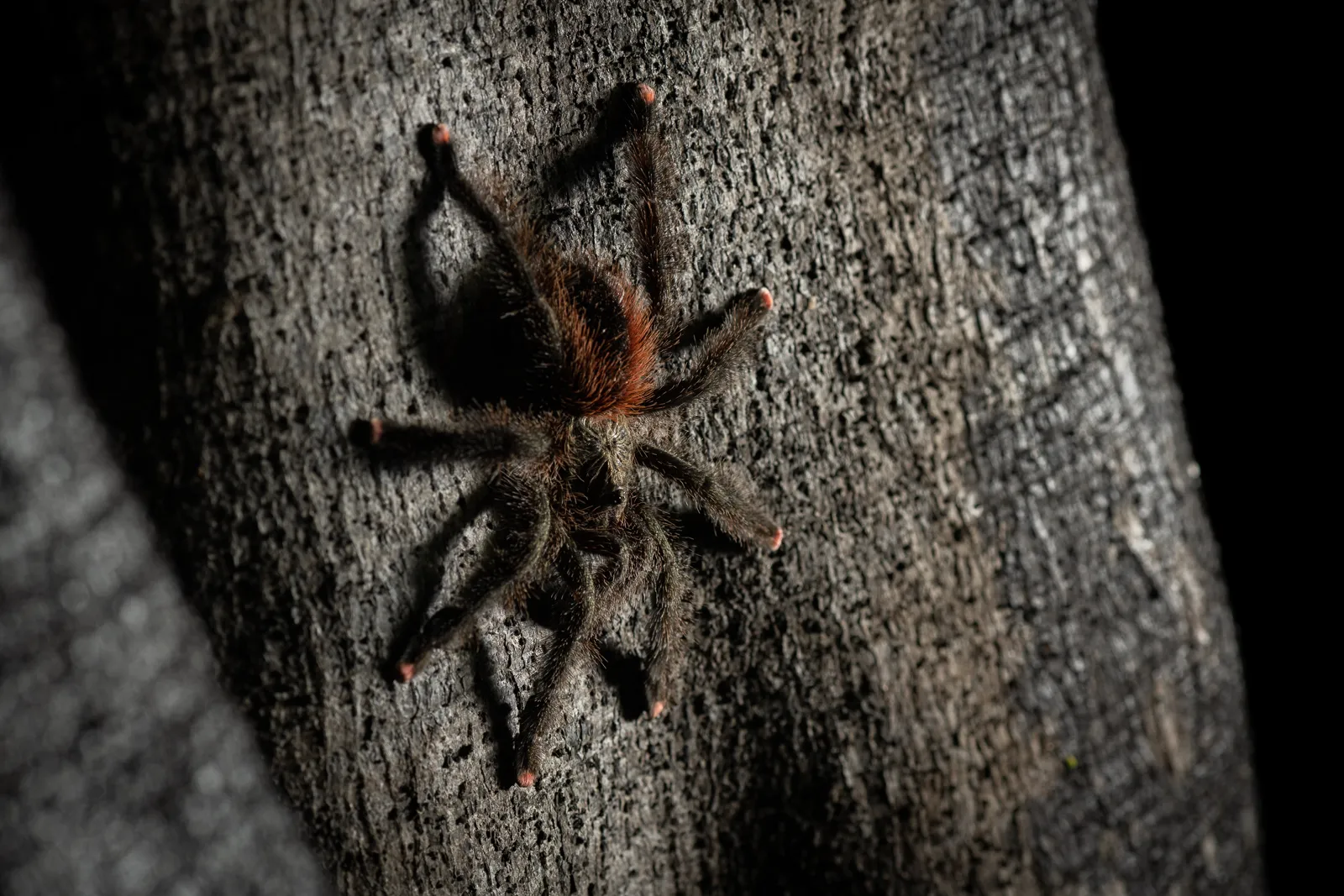
It is essential to recognize the signs of illness to provide prompt treatment. Some common signs of illness in a Baby Pink Toed Tarantula include a loss of appetite, lethargy, and abnormal behavior. Other signs include difficulty molting, loss of limbs, and the presence of parasites. If the tarantula is not eating, this could indicate environmental stress, a health problem, or the prey size may be too large. Look for changes in their posture, like being curled up or lying abnormally. Inspect the tarantula for any visible injuries or parasites. Any of these signs warrant a closer look at your tarantula and its enclosure. If you notice anything concerning, consult a veterinarian specializing in exotic animals.
Preventative Care and Veterinary Visits
Preventative care is vital to keeping your Baby Pink Toed Tarantula healthy. Maintain a clean enclosure by removing uneaten food, old molts, and waste. Provide fresh water and a balanced diet. Regularly monitor the temperature and humidity levels in the enclosure. Consult a veterinarian who specializes in exotic animals if you suspect your tarantula is sick. Early diagnosis and treatment can improve the outcome of any health issues. Always quarantine any new tarantulas or new arrivals for at least a month before introducing them to your existing collection. This helps prevent the spread of diseases and parasites. Regular observation is the key to preventative care.
